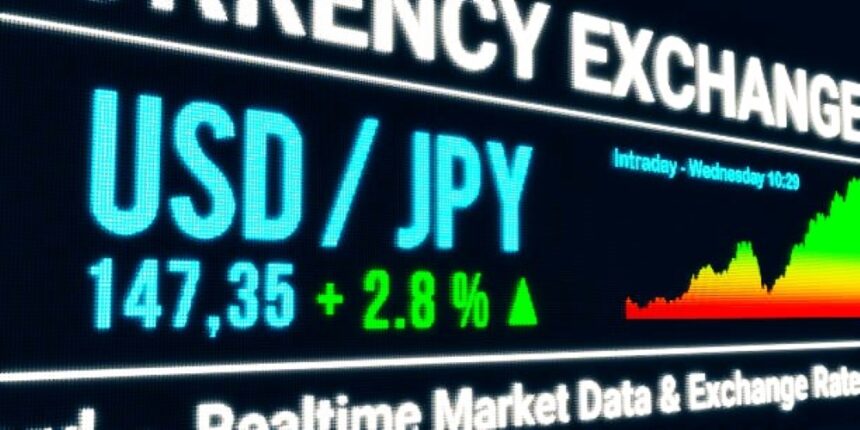The weaker Tokyo Core CPI, which was reported on Friday, is undermining the Japanese yen.
The Japanese yen (JPY) was on the defensive against the US dollar for the third day in a row on Monday. And well within striking distance of a two-month low reached on January 19. The inflation rate in Japan’s capital city of Tokyo dipped below the Bank of Japan’s (BoJ) 2% target for the first time in nearly two years. Which is seen as damaging the JPY.
USD remains stable close below the monthly peak, providing support to USDJPY.
The US Dollar (USD), on the other hand, remains firm just below its best level since December 13. Providing additional tailwind for the USDJPY pair during the Asian session.
The downside for the JPY, however, remains restricted. Following the BoJ’s hawkish tilt last week. Which suggested that circumstances for phasing out massive stimulus and raising short-term interest rates out of negative territory were falling into place. Aside from that, a generally weaker tone in the equity markets may benefit the JPY’s safe-haven character and help to cap the USDJPY pair.
Traders are hesitant in the face of uncertainties over the Fed’s rate-cutting plan.
Traders may also avoid from taking aggressive directional bets ahead of a two-day FOMC meeting beginning on Tuesday and this week’s crucial US macro. releases, including the NFP report, on Friday.
Daily Market Movers: Japanese Yen continues on the back foot ahead of this week’s central bank and US data uncertainties.
A significant decrease in the Tokyo CPI casts doubt on the Bank of Japan’s plans to phase out negative interest rates anytime soon, damaging the Japanese yen.
The US dollar is nearing its best level since December 13, which was reached last week, and it appears to be another element working as a tailwind for the USDJPY pair.
However, traders appear hesitant and may opt to remain on the sidelines ahead of the critical two-day FOMC monetary policy meeting, which begins on Tuesday.
Data released on Friday revealed that inflation climbed little in December, reconfirming expectations that the The Federal Reserve will lower rates by the middle of 2024.
According to the US Bureau of Economic Analysis. The Personal Consumption Expenditures (PCE) Price Index remained stable at 2.6% year on year in December.
The annual Core PCE Price Index, the Fed’s preferred measure of inflation. Fell more than expected to 2.9% from 3.2% in November.
Other data revealed that personal spending increased by 0.7% in December. While personal income increased by 0.3%, indicating solid demand from US consumers.
This follows an encouraging US Q4 GDP figure, indicating. That the economy is still running strong despite tightening financial conditions.
Growing disinflationary pressures and progress toward the Fed’s 2% target take more tightening off the table. Keeping the USD bulls going. On the defensive.
The present market pricing predicts an equal chance of easing at the March. FOMC meeting and a nearly 90% chance of a rate drop in May.
This week, Japanese yen investors will also face the release of key US macroeconomic data at the start of a new month. Including Nonfarm Payrolls (NFP) on Friday.









